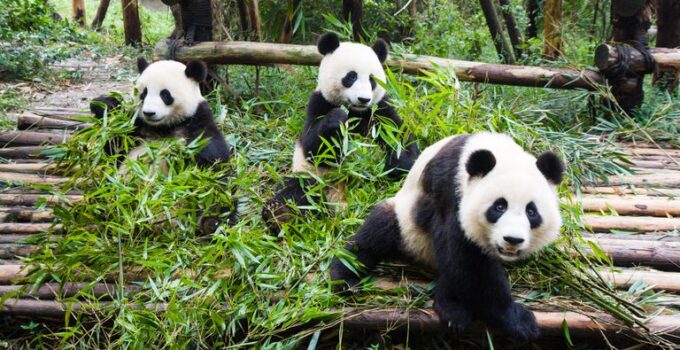About 1 million animal and plant species are threatened with extinction. Humankind is having a devastating and ‘unprecedented’ effect on global biodiversity according to a May 2019 report issued by the United Nations Environment Program. The panel included representatives from 132 countries acting on an Intergovernmental Science-Policy Platform on Biodiversity and Ecosystem Services study. Wildlife is vitally important. Here is a speech n the subject.
Robert Watson, the panel’s chairman and a professor of environmental sciences at the University of East Anglia of the UK, claimed data collected over the past fifty years from approximately 15,000 scientific and government studies paints to “an ominous picture.”
Firstly, let’s cover a sliver of the wildlife made extinct by humankind’s actions. According to the World Wild Life Fund, the western black rhino and northern white rhino are extinct in the wild while the Javan rhino became extinct in 2011. In Australia, the legendary Tasmanian Tiger was wiped out by farmers, the last reported being alive in 1937. The Goulds mouse last set foot on earth in 1857; he Desert rat-kangaroo, perished by 1935; he paradise parrot became extinct by 1927 for reasons thought to include: starvation from lack of grass seed after drought, more frequent fires, overgrazing and the introduction of the prickly pear.
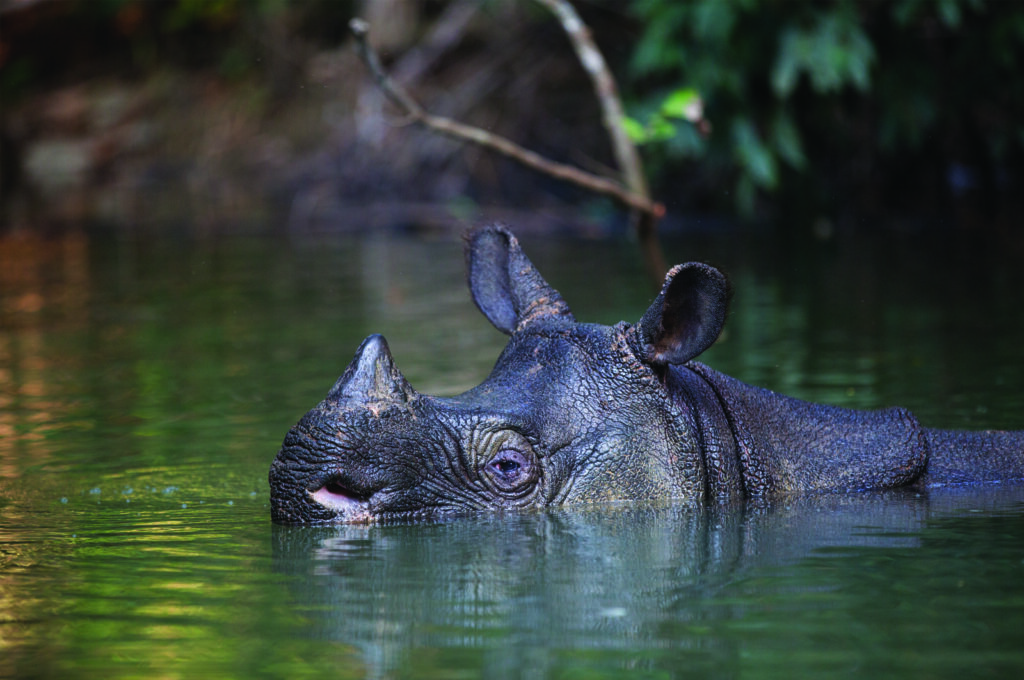
img source: rackcdn.com
In the United States among many species that have perished by humankind’s activities only in the last few centuries include the famous passenger pigeon, the great auk and the Carolina parakeet. In Europe, a handful of many extinctions in the last few hundred years include the tarpan, Portuguese ibex and the Caspian tiger. In India there are many others made extinct by humankind’s actions, such as the northern Sumatran rhinoceros, pink-headed duck
and Sundarbans rhinoceros.
The United Nations report did not list individual species currently in peril, though found that 25 percent of mammals, more nearly 33 percent of sharks, than 40 percent of amphibian species and 25 percent of plant groups are threatened with extinction. Let us look at a few examples of the species currently in danger of extinction.
Sharks: the World Wildlife Fund claims, Over 1000 species of sharks exist and the majestic top predators that are so ‘essential to the natural order of marine ecosystems now face their most severe threat from overfishing.’ The cousin of the shark, the sawfish is among the most endangered group of marine fish in the world, largely thanks to overfishing and habitat loss. According to a Senior Research Fellow in conservation biology at Charles Darwin University another sinister explanation exists for depleting numbers, the hunt for their unique body parts.
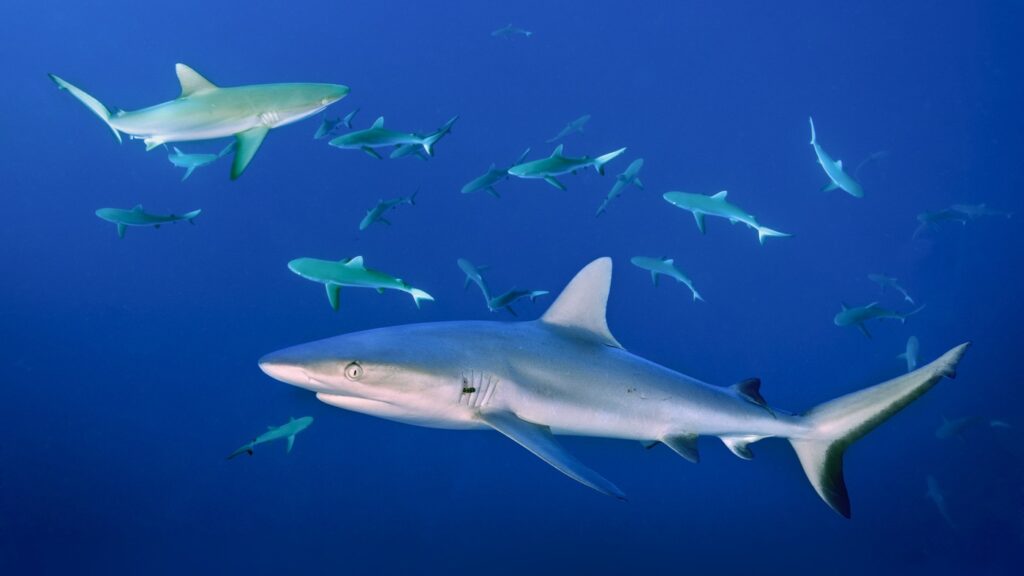
img source: npr.org
Staggeringly of 12914 species of researched plant life by the International Union for Conservation of Nature, 68% are threatened by extinction. Where animals can run away from threats to their habitat plant life cannot. According to The Center for Biological Diversity:
One study found that habitat destruction leads to an “extinction debt,” whereby plants that appear dominant will disappear over time because they aren’t able to disperse to new habitat patches. Already, scientists say, warming temperatures are causing quick and dramatic changes in the range and distribution of plants around the world.
In Australia has identified 113 animal species which will need “urgent help” after their numbers and habitats were devastated by recent bush fires, mostly blamed on global warming. Research previously estimated that more than 1 billion animals may have perished in the fires, which burned large areas of grassland and temperate forest.
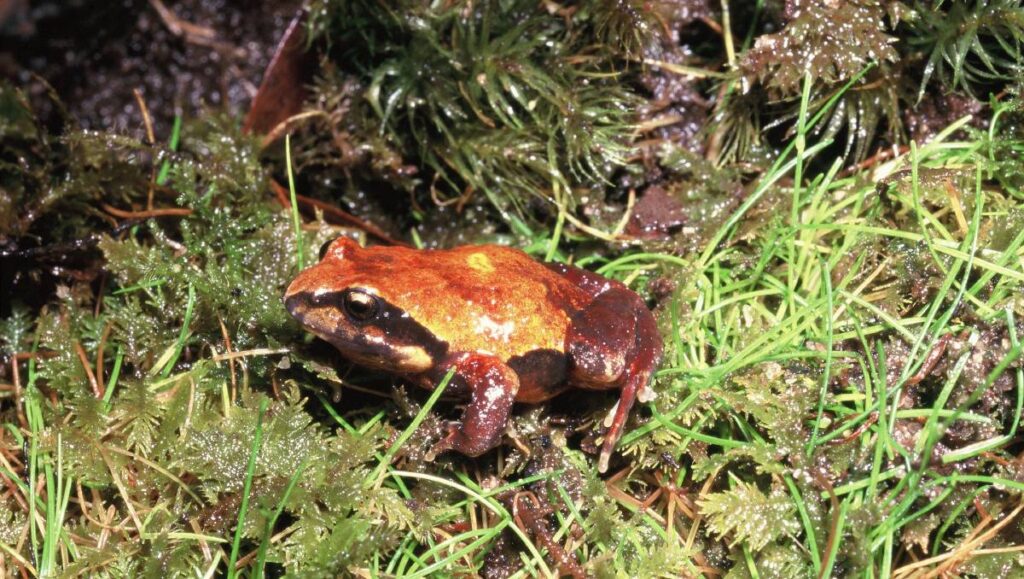
img source: akamaihd.net
Alarmingly, The Australian government’s Wildlife and Threatened Species Bushfire Recovery Expert Panel, found some highly threatened species faced “imminent risk of extinction” because almost all of their habitat had been destroyed. The list includes the Blue Mountains water skink, Pugh’s frog and the Kangaroo Island dunnart. The world-famous koala and the smoky mouse, had “substantial” sections destroyed and will need widespread intervention to help their recovery in the wild.
The news is not all bad. Some environmental organizations have created success stories with their determination to help endangered species. Scientists in Ecuador have just managed to breed the Jambato frog, a native species once thought to have been extinct. Once seemingly everywhere in Ecuador’s capital and national parks, the species hadn’t been spotted since the late 1980 s. Suddenly, last year, scientists discovered a group of thee stub toad frogs. They were taken to the Jambatu Center for Amphibian Conservation in Quito, where the frogs were recently able to reproduce and lay eggs. Then they will be released back into the wild. Scientists blame climate change, pollution, and habitat destruction as main threats to the species.
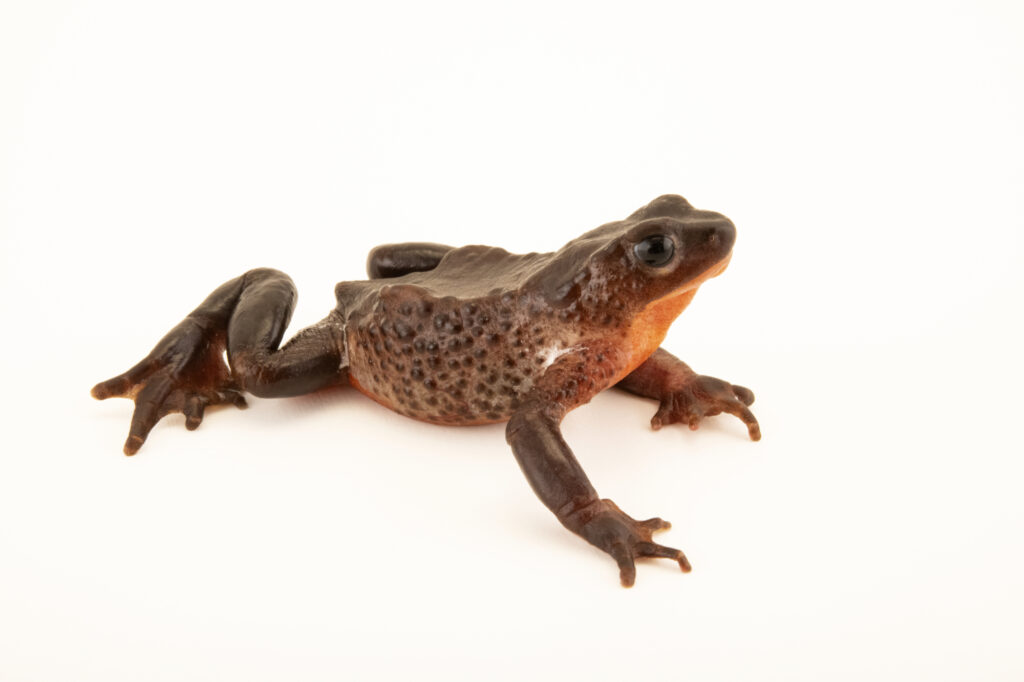
img source: joelsartore.com
In 2004 Kihansi Spray Toads were declared extinct in the wild. The species was rehabilitated in captivity at the Bronx Zoo and the Toledo Zoo and has now been reintroduced to the wild in Tanzania.
In 1970 there were 70,000 rhinos in the wild. Today the number stands at 29,000. Successful conservation efforts have led to an increase in the number of Indian rhinos, from approximately 200 at the turn of the 20th century to more than 3,700 today. Ashamedly, the only two remaining northern white rhino is kept under 24-hour guard in Ol Pejeta Conservancy in Kenya.
Action has to be taken to protect wildlife, habitats all around the world. Without the Earth’s fauna and flora, there will only be one inevitable outcome and the clock is ticking down to a final tipping point. Humankind’s indomitable march to encroaching on wildlife’s habitat has to be curtailed or else. What can we do to help? We can donate to organizations like the WWF.
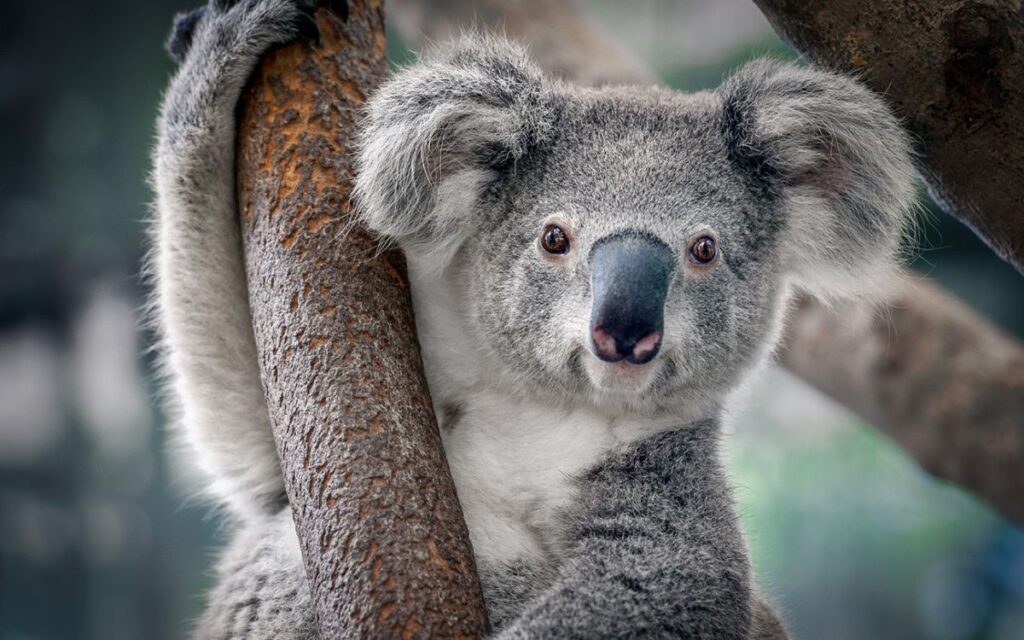
img source: futurecdn.net
The World Wild Life Fund is taking action. The organization plays a big part in educating and influencing people into ‘making sustainable choices and decisions, including those who work in business and make decisions around the use of natural resources, and those who work in government and set policy that impacts nature.’
FindaSpeech is backing the plant 1 Trillion trees campaign to help reduce CO2 in the atmosphere. To help this great mission please donate to Onetreeplanted.org.

